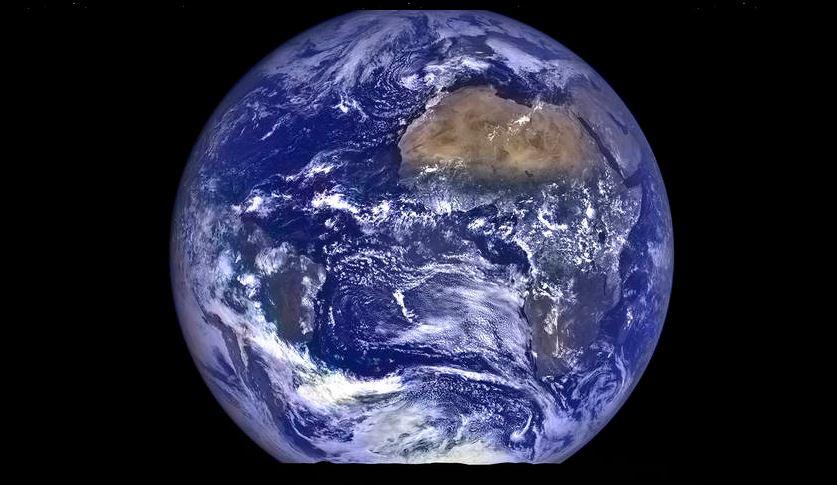The land Down Under may not have been so far down under once upon a time.
Rock discovered in Australia from millions of years ago appears to have come from North America, researchers at Curtin University in Perth, Australia, say.


The land Down Under may not have been so far down under once upon a time.
Rock discovered in Australia from millions of years ago appears to have come from North America, researchers at Curtin University in Perth, Australia, say.